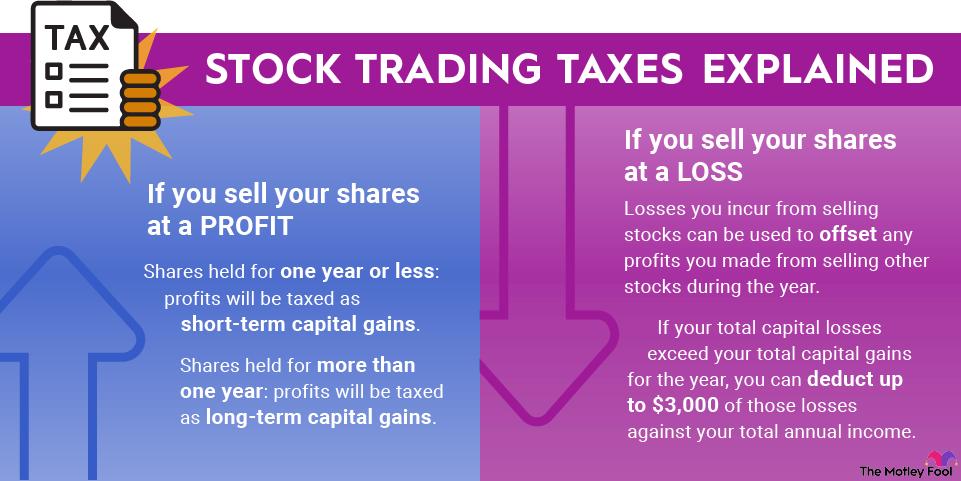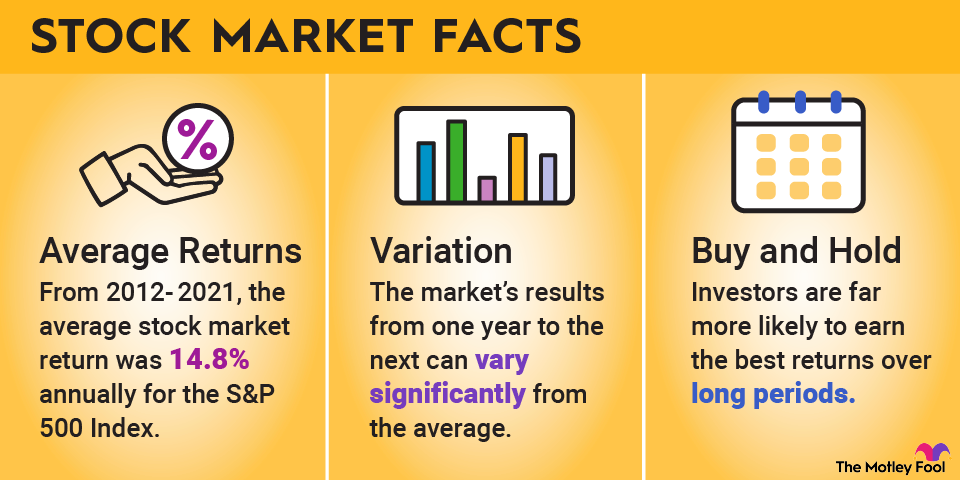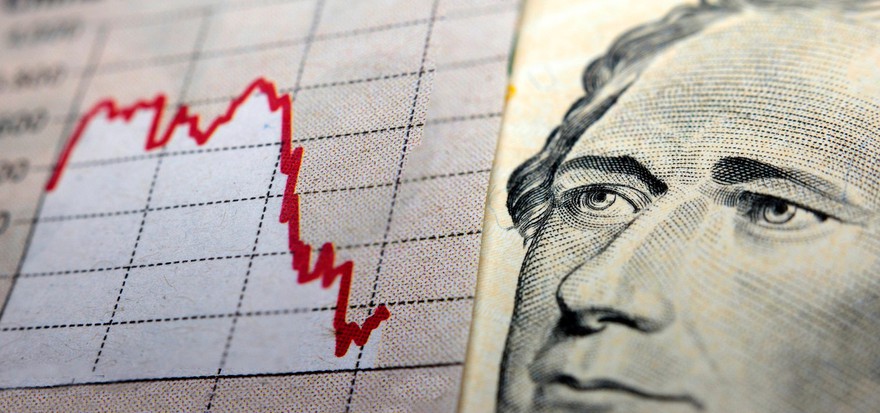Jaguar and Land Rover are iconic British luxury auto brands. Jaguar started in the 1930s, while Land Rover followed a decade later. They've had a unique ownership history over the decades. While they started independently, they have undergone several ownership changes over the years, often linked together under a single owner.
That's the case today. Jaguar Land Rover Automotive is a subsidiary of Tata Motors. It became part of the Indian automaker in 2008 when the company acquired both brands from Ford (F -2.32%). Tata Motors is part of the larger group of Tata companies controlled by Tata Sons, an investment holding company in India.
Here's a closer look at the owner of Jaguar Land Rover, its shareholders, and their respective boards of directors. You can also learn how to invest money indirectly in the company through its owner.

FRA: TATB
Key Data Points
Who is the owner of Jaguar and Land Rover?
Tata Motors has owned Jaguar Land Rover since 2008. The Indian automotive group acquired the British luxury automakers from Ford for $2.3 billion, with Ford contributing $600 million to their pension plans upon closing. Ford needed the cash to help fund its turnaround plan. It also wanted to focus on its core brands. Ford took a huge loss on the sale (it acquired Jaguar for $2.5 billion in 1989 and bought Land Rover from BMW for $2.7 billion in 2000). Jaguar never made a profit as part of Ford.
While Jaguar Land Rover Automotive is a subsidiary of Tata Motors, it operates as an independent company with a separate board and reports separate financial results. However, it doesn't have any other owners.
Likewise, Tata Motors has a distinct board of directors, although there's some overlap between its board and that of Jaguar Land Rover. The board members are:
- Natarajan Chandrasekaran is the chairman of the board of Tata Sons and several of its holding companies, including Tata Motors.
- O.P. Bhatt has been an independent director of the company since May 2017. He also serves as an independent director on the board of several other companies. He previously served as the CEO of State Bank Group, the largest commercial bank in India.
- Hanne Sorensen has been an independent director of Tata Motors since January 2018. She also serves on the boards of several international companies. She's a seasoned executive who also has served as the CEO of Maersk Tankers, the world's largest product tanker company.
- Vedika Bhandarkar has been an independent director since June 2019. She has more than 25 years of experience as a financial expert and is currently the COO of the non-profit Water.org.
- Kosaraju Veerayya Chowdary has been an independent director since October 2020. He has served in various roles in government agencies in India and is currently serving on the board of several other companies, including Reliance Industries Limited.
- Al-Noor Ramji has been on the board of directors since May 2022. He has more than 30 years of experience driving digital strategy and transformation for several global companies.
- Girish Wagh has been on the board of directors since July 2021. He currently serves as the president and head of the Tata Motors commercial vehicle business unit.
- Usha Sanwan is a non-executive, independent director of the board.
How to invest in Jaguar and Land Rover?
You can't invest directly in Jaguar Land Rover Automotive because it's a private company owned by Tata Motors. However, you can invest in the stock of its owner, Tata Motors, which is a publicly traded company. That's harder to do these days because the company delisted its stock from the New York Stock Exchange and terminated its American Depository Shares program in 2023. You'd need a brokerage account capable of trading shares of companies listed on foreign exchanges. Here's a list of the best brokers for international trading.
People interested in investing indirectly in Jaguar Land Rover through Tata Motors might want to wait until the company completes its planned demerger. It revealed plans to separate its commercial and passenger vehicles businesses into two entities in early 2024. The separate passenger vehicles business will include Jaguar Land Rover and Tata's passenger vehicle and electric vehicle (EV) businesses. The company expects to complete the demerger within 12 to 15 months, with each entity becoming an independent, separately listed public company.
Related investing topics
The lengthy demerger process should give investors plenty of time to learn how to invest in the Indian automaker. Research is a crucial step to undertake before buying shares of any company, especially for one listed on an international exchange. You need to be comfortable with the added risks of investing internationally, including foreign exchange risks and potential oversight and corporate governance differences. Other factors to consider when researching a company are its profitability, balance sheet, and competitors.
Once you've opened and funded an internationally capable brokerage account and thoroughly researched the company, it's time to buy shares. Before you do that, you'll need to determine how much you want to invest in the company. A good rule of thumb is to have a diversified portfolio of at least 25 stocks with roughly equivalent allocations. So, for example, if you plan on investing $10,000 into a diversified portfolio, you'd invest roughly $400 into each stock, including Tata Motors (or its yet-to-be-separated passenger vehicle company).
When you're ready to buy shares, you'll open the order page at your brokerage account and fill out all the required information, including:
- The number of shares you want to buy (or the amount you want to invest in fractional shares if your broker allows that for an international stock).
- The correct stock ticker for Tata Motors or the passenger vehicle business when that entity completes its separate listing.
- The order type (market or limit order). The Motley Fool recommends a market order, so you'll be able to order at the current price.
Take a moment to double-check everything to make sure the information is correct. When you're ready, click submit to become a shareholder of Jaguar Land Rover's owner, Tata Motors (or its publicly listed passenger vehicle business).




















